For every story to tell about Annapolis, there are hundreds more; graduation ceremonies at the Naval Academy, small business owners climbing their way to the top and of course, nautical adventures out on the Chesapeake.
Between its relation to the State House, magnificent historic mansions and great shops, Maryland Avenue has an abundance of fascinating stories in itself. Janice Hayes-Williams, an Annapolis historian and legislative assistant at the Anne Arundel City Council, was kind enough to share a few stories about this landmark avenue with me over a delicious lunch at Galway Bay.
During 1864, the Civil War was raging onward and the Naval Academy was relocated from Annapolis to Newport, Rhode Island. The messmen accompanied the midshipmen to the new location and as they scrubbed, cooked and cleaned day-to-day, they began planning the formation of something truly remarkable.
These men eventually came to back to Annapolis with their plan and met Alexander Hart, New York native and local cigar manufacturer. Together they formed Universal Lodge #14 of the Free and Accepted Masons, the first African American Lodge in Annapolis.. It was quite unusual at the time to witness these messmen, who were African American, accept a white man into their organization as opposite circumstances would have been preposterous.
One of the Masonic Brothers, William Henry Butler, built a tobacco shop on 73/75 Maryland Ave., where Alexander Hart sold his hand-rolled cigars. (Part of this shop is now Annebeth’s specialty store!) Butler also served on the Annapolis City Council, which made him the first African American to be elected to public office in the state of Maryland.
The history that lies over the narrow, brick streets of the city is truly undeniable. A Sanborn Fire Insurance Map printed in 1897 shows that the current location of both Evergreen Antiques and Aurora Gallery (67/69 Maryland Avenue) was once home to the Wesleyan Church (the image on this article is a Sanborn printed in 1903). This chapel split off from the First Methodist Episcopal Church, which eventually became Calvary United Methodist Church.
Hayes-Williams also shared with me an enlightening and emotional story about the famous Chase-Lloyd House. The construction for the house began with Samuel Chase, a signatory of the Declaration of Independence. Chase sold the house to Edward Lloyd IV of Wye Island, who completed construction. The prominent Lords of Wye were the second largest slave owners in the state of Maryland at the time.
When Lloyd occupied the house during his winter legislative sessions, he would bring his 12 most hardworking slaves. His most-favored of them all was a woman by the name of Sall Wilkes. Wilkes had tremendous work ethic and even prepared the wedding of Francis Scott Key and his wife, Mary “Polly” Taloe Lloyd, which took place in the Chase-Lloyd House! (Key was a graduate of St. John’s College). Sall brought her daughters with her to Annapolis and vowed to marry them into the upper class, which she hoped would assist in liberating her people. She succeeded in this, as her children were fathered by Lloyd and became a sort of “black aristocracy.”
Lloyd’s son, Edward Lloyd V, came to be the governor of Maryland. His half-brother, William Wilkes, was one of Sall’s children and acted as Lloyd’s personal driver. Eventually he became terribly mistreated by Lloyd; whipped, chained and almost sold into slavery.
As Lloyd IV fathered Sall’s children, there is a great chance that this William Wilkes was a half-brother of the governor, as well as Polly Lloyd, the wife of Francis Scott Key.
A slave-owner by the name of William Wilkford took Wilkes to be auctioned off in Baltimore. Miraculously enough, he was bought by Sall’s son-in-law, Smith Price, a man who owned one of the first African American churches. Wilkes was purchased for five dollars for the sole purpose of being freed and avoiding a life of suffering.
The famous abolitionist, Frederick Douglass, also grew up on Lloyd V’s plantation and wrote inspirational letters to Sall’s great-grandson, Daniel Hale Williams. Williams performed the first successful open-heart surgery in the country at Provident Hospital in Chicago in 1893. He wrote to Douglass of the anxiety he experienced being the first colored man to run Freedman’s Hospital (which eventually became the Howard University Hospital). Douglass would write back to Williams explaining that he was not alone in the struggle as he faced many hardships on Lloyd’s plantation.
Thanks to women like Janice Hayes-Williams, these amazing stories will not be forgotten. As time has progressed, so has the moral and ethical standard of the American people. Stories regarding the history of slavery in our country carry a heavy load of emotion, but nonetheless the lives of these people and their stories have shaped Annapolis to what it is today.


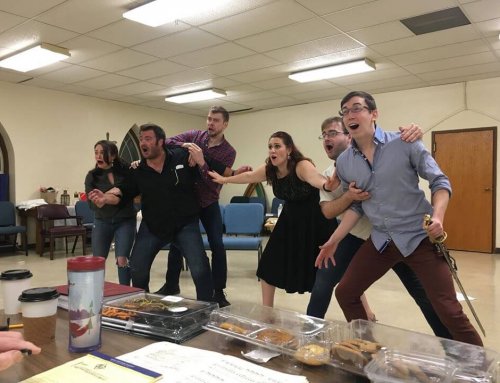
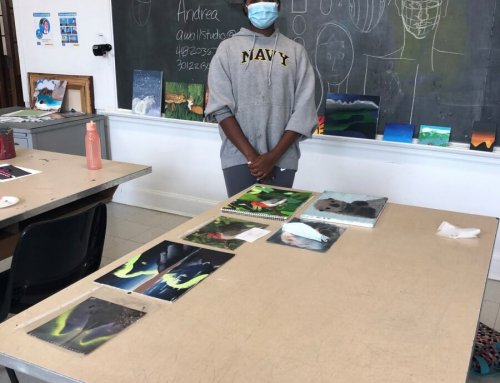
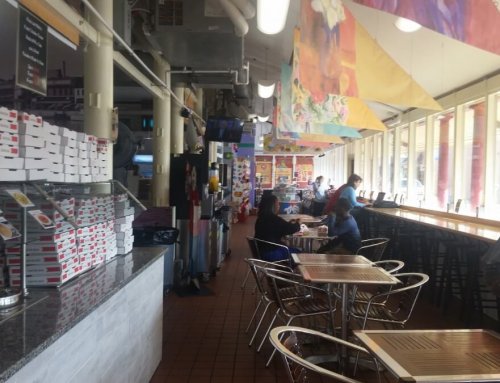
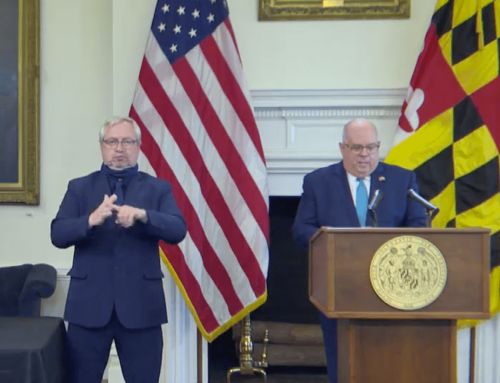
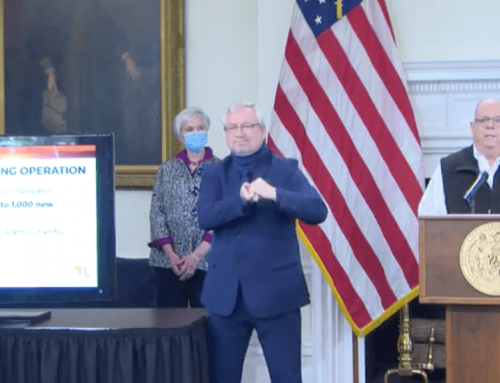
Leave A Comment